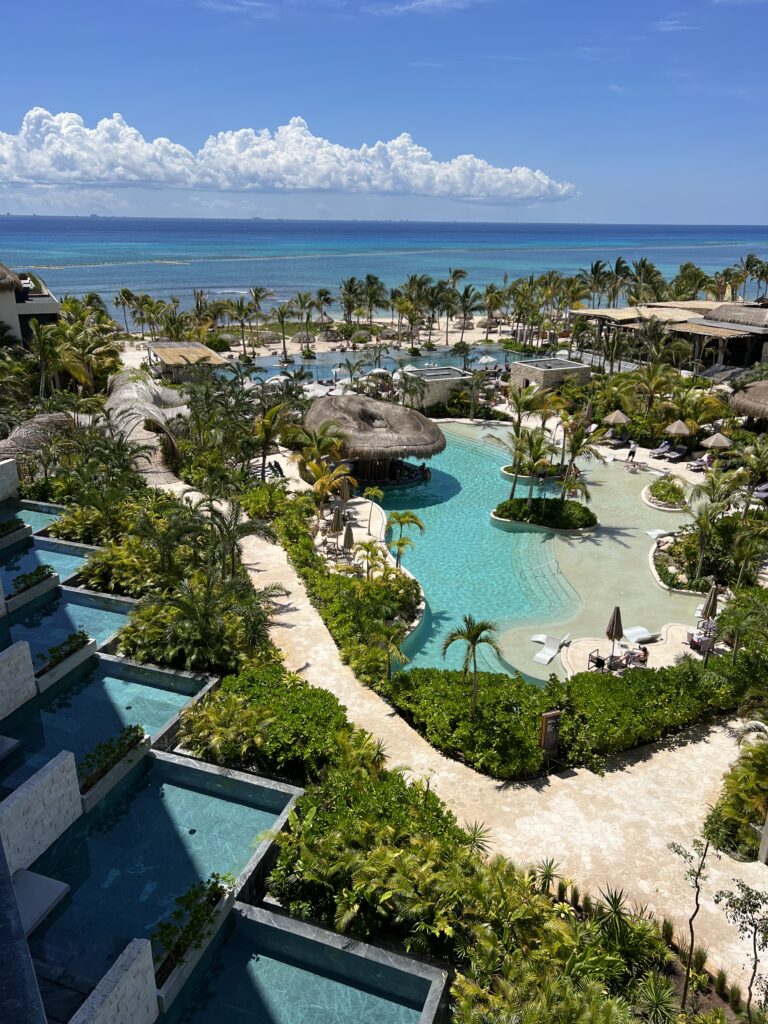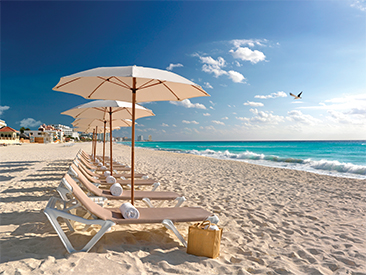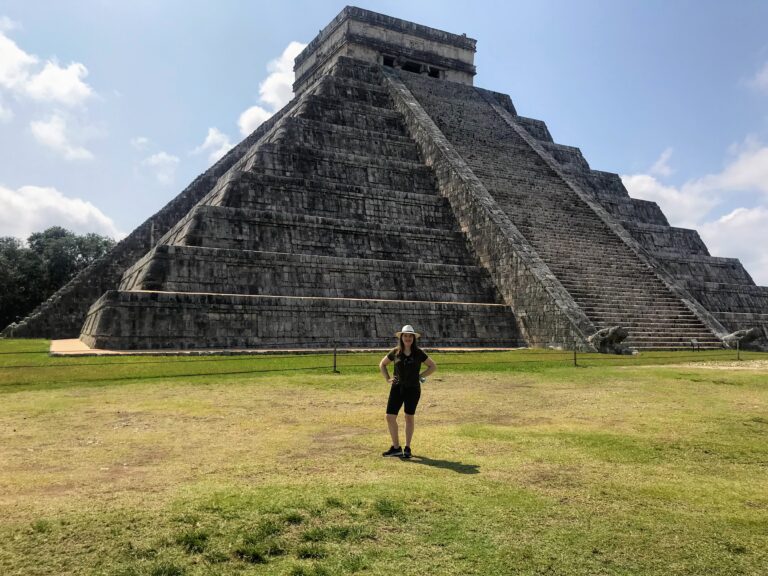We recognize that Disney vacations are not just an investment, but often the highlights of our lives, and we take that responsibility seriously. We want to ensure you have the best vacation experience.
Interested in a job in travel? Click here to learn: How to Become a Disney Travel Agent
Overview
Introduction
The ruins in the large, impressive archaeological area of Chichen Itza date from the fifth century AD. The structures on the site vary greatly, relating to ritual, religion, royalty and recreation.
The older parts of the site are from the Classic Maya era. Later additions are believed to be influenced by another wave of Maya settlers, the Itzaes, who are thought to have conquered Chichen Itza.
The stone carvings, even on walls, are very well-preserved, and there's color left on some of the murals that have been shaded from the sun. At the Temple of the Warriors, look for the chacmools, the stone statue that depicts the rain god reclining on its back with its legs drawn up and its hands holding a bowl on its belly: It's thought that human hearts were placed in the bowl during sacrifice ceremonies.
The most dramatic structure is the 75-ft-/20-m-tall pyramid-shaped Temple of Kukulkan, or El Castillo (you may recognize it from pictures in tourist brochures or books). Like many Mayan structures, it was built to carry out precise astronomical and religious functions. There are 91 steps on each of its four sides, so that the total number of steps (counting the uppermost platform) equals 365—the number of days in the solar year. Between noon and 5 pm during the spring and fall equinoxes, a beam of sun by the edge of the pyramid falls precisely along the balustrade, making the design of a giant serpent, whose head is a large stone sculpture at the base of the steps.
The pyramid, along with others at the site, is roped off to visitors to prevent further deterioration of the steps and platforms. The interior contains a smaller and older temple, a chacmool and a red jaguar throne but, alas, this also has been shut down to visitors.
Other buildings include the Temple of the Warriors (rising from a forest of stone columns); the Ball Court (where losers of the ancient game sometimes lost big—human sacrifice was an integral part of the sport); Cenote Sagrado, or "Sacred Well" (a deep pool of murky water that was the site of human-sacrifice ceremonies); the Platform of the Jaguars and Eagles; and the Nunnery. El Caracol, a round building with slits in the tower, was used by the Maya as an astronomical observatory and for religious ceremonies.
Although it covers a vast area, with hundreds of structures still unexcavated, Chichen Itza nevertheless gets very crowded with tourists, especially 11 am-3 pm. Plan a minimum of four hours. (You may want to stay for the good sound-and-light show in the evening.) It is recommended to overnight at one of the nearby hotels or in the colonial town of Valladolid, which is less than an hour away. If you stay close by, you can get an early start before the other travelers arrive and the heat becomes oppressive. Your best bets are hotels inside the Archaeological Zone. Note that solstice periods see an influx of thousands.
The Mayan calendar "end of the world" predictions drew 50,000 visitors in 2012.
Most people get to Chichen Itza by rented car or on a tour from either Merida (75 mi/120 km northwest), to the west on the Yucatan Peninsula, or Cancun (125 mi/200 km east). There are also charter air tours from Cancun that usually include the plane ride and a guide.


































